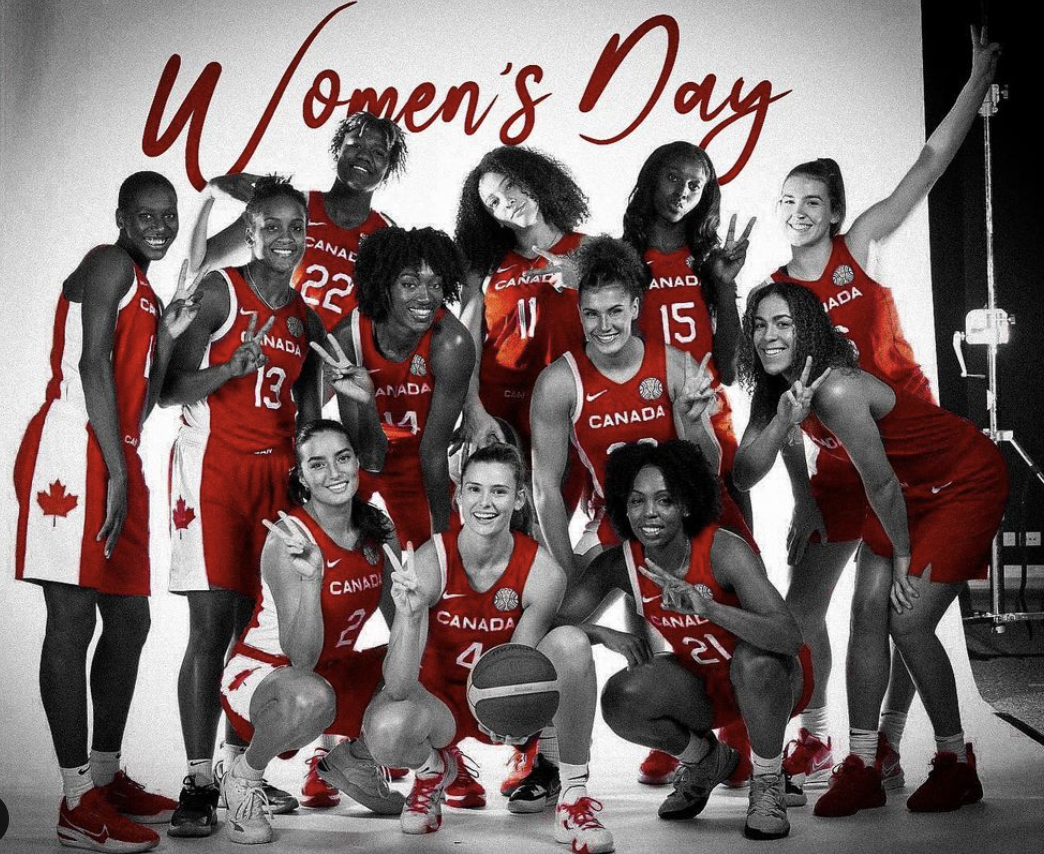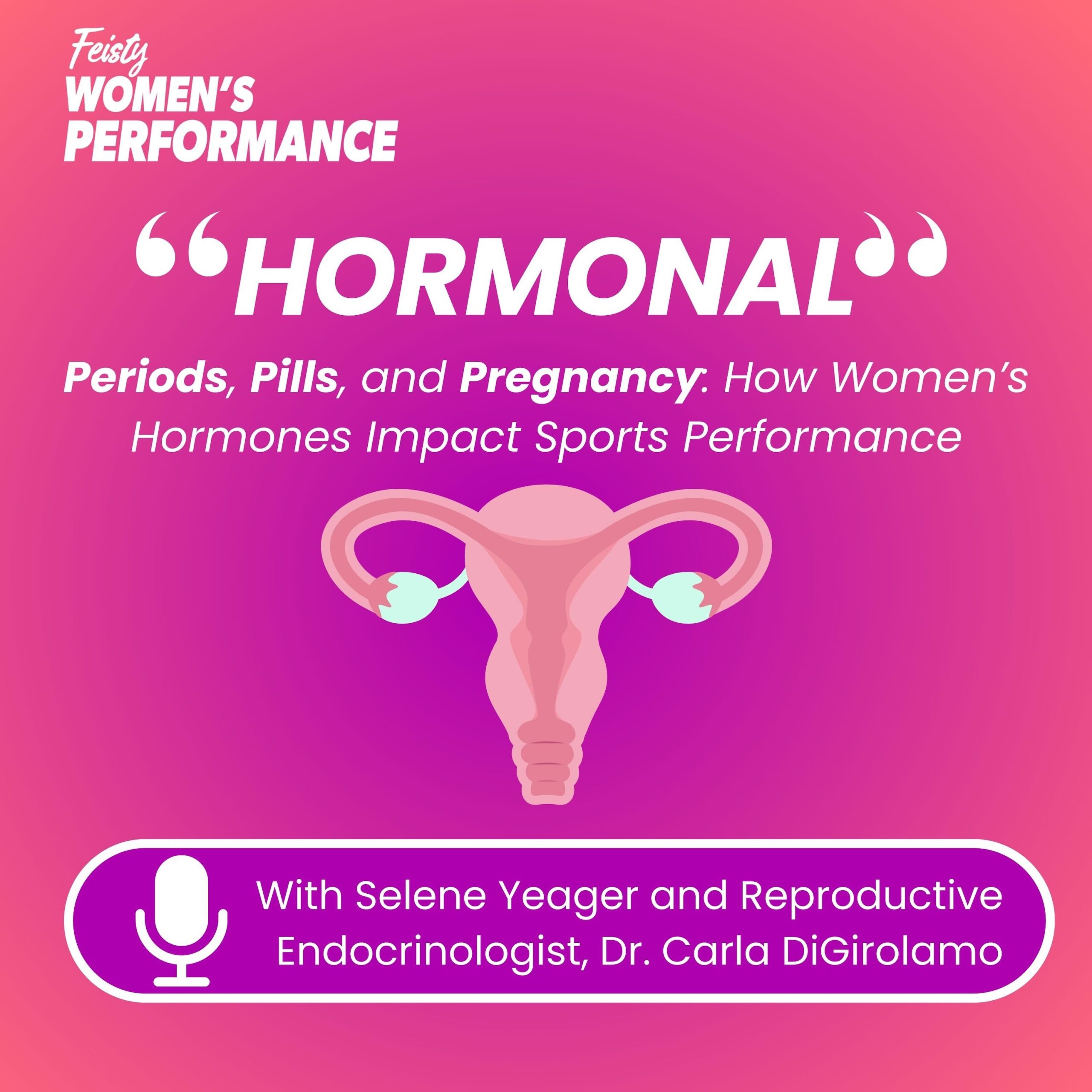May 30, 2023
The Future of Basketball Comes to Victoria

If our sports are going to find new audiences and new stars, then it’s going to have to come from somewhere new. If our sports are to have a growing future, then the future will look female.
By Kelly O’Mara
Earlier this spring, 12.6 million viewers tuned in to the women’s NCAA March Madness championship game. It was the most watched college sporting event ever on ESPN+, the company’s streaming platform, and was aired on network TV in the U.S. for the first time in decades.
As pundits and internet commenters argued about the players, the calls, and the trash-talking, women’s basketball didn’t just take center stage in the sports world, it dominated the conversation and brought in countless new fans. It was the most attended women’s college tournament in history, the most watched, the most talked about—driven largely by two big, bold, brash stars coming head-to-head in the final.
So where do these stars go after they graduate? How do they become stars in the first place?
This past week, the WNBA opened its 27th regular season—also setting viewership, revenue, and attendance records—at a time when the NBA is wrapping up its season struggling to retain fans. Yes, the NBA has been around longer and still does bigger numbers. And yes, the playoffs brought in viewers (and will continue to do so), thanks to key markets and superstar names, but it’s clear where the trend is headed and where the next generation of new fans, young fans is coming from.
Those players and fans of tomorrow are being created today. They’re being brought up through the sport right now in gyms and tournaments all over the world, becoming stars on high school courts and in exhibition matches.
There are just 144 roster spots in the WNBA. (Compared to 510 in the NBA, depending on how exactly you count their temporary and two-way contracts.) Yet, there are very nearly as many girls as boys who play youth basketball. That means our future stars need somewhere to play now, somewhere to develop and gain experience now, somewhere to set the stage for the wave that is coming. And our future fans need somewhere to watch them, to grow into the sport with them, to see what they can become.
photo: @canadabasketball
Today, right now, that stage is in Victoria.
This weekend, the Canadian national team faces off against Japan. They’ll play a public game Friday evening at the Save-On-Food Memorial Center, and two more private exhibition games. It’s the first step in 2024 Olympic qualifying, as the team prepares for the important FIBA AmeriCup in July. And it’s the first time Victoria has hosted the women’s team in decades.
Canada has come a long way since the late-1990s when the great Bev Smith—one of the best basketball players to ever come out of Canada—took over as the women’s national team coach. Smith and Denise Dignard, now Canada Basketball’s general manager for women’s high performance, worked hard to build up centres for performance and regional pipelines for youth players, to train coaches and develop U17, U19, and U23 teams. “We built an entire system,” said Dignard.
But, she said, there’s still so much more room to grow in Canada.
For some of the newest players on the national team—and there are many of them on a young team—this game in Victoria against a highly ranked Japanese squad will be a chance to learn the skills they need for the pro level and world stage. High school stars, like Syla Swords (one of ESPN’s top recruiting picks) and Jasmine Bascoe (an All-Canadian MVP), get a chance to grow into the superstars they could become. For former WNBA players and Olympians, like Kayla Alexander, or for Vancouver’s own Nirra Fields, it’s the rare chance to play in front of a home crowd. With no homegrown pro league, Canadian stars so seldom get a chance to play star-level basketball here in Canada.
Teams and players need these games to become the best they can be. But fans need them, too. You need to be able to say that you saw these players back when, that you were there. The WNBA held a test game in Toronto a few weeks ago—between the Minnesota Lynx and the Chicago Sky—and sold out a packed stadium, full of youth teams and young kids.
“It was electric to see the fans, the energy,” said Dignard.
Those fans can only be fans of what they know about. They can’t root for players they’ve never heard of or cheer at games they’ve never seen. How many basketball diehards swear now they saw LeBron back when he was still a high school football player? How many fans are following French teenager Victor Wembanyama’s current drafting saga? It’s because they’ve grown attached to those narratives. Well, there are new narratives playing out right now—and they’re the stories of the future.
With just four Canadian players currently in the WNBA—and unable to leave the league at the start of the season to join Team Canada—we turn our attention to the players who could be next, who you can one day say you saw play in Victoria, you followed their drafting saga: Already an Olympian, UConn’s Aaliyah Edwards is likely to be the next Canadian selected in the draft. Or it could be Gonzaga’s Yvonne Ejim, an All-World Cup Second Team All-Star last year. Or watch the University of Louisville’s Merissah Russell or North Carolina’s Aislinn Konig. Or maybe you’ll be inspired, scream, or cheer for one of the other stars coming up on the court.
Men’s baseball, basketball, football: these sports are all grappling with declining numbers and waning interest among younger viewers. At the same time, female athletes have more opportunities than ever, more excitement, and more energy. If our sports are going to find new audiences and new stars, then it’s going to have to come from somewhere new. If our sports are to have a growing future, then the future will look female.
Women’s basketball is at an inflection point, ready to bring in a generation of young fans who have never seen themselves in the sports’ superstars before. The appetite is there. We just have to give them games to build on, to remember.
Buy tickets for the Rim2Rim Canada v. Japan game this Friday, June 2 at 7:30 p.m.


 Outspoken Women in Triathlon Summit Returns Bigger than Ever
Outspoken Women in Triathlon Summit Returns Bigger than Ever  Driving the Lamborghini: Productivity and the Power of Paper
Driving the Lamborghini: Productivity and the Power of Paper  5 take aways from the Compete Sports Diversity Summit
5 take aways from the Compete Sports Diversity Summit  Simple Tips to Hone Your Bike Handling Skills
Simple Tips to Hone Your Bike Handling Skills 

